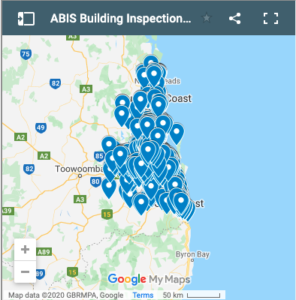Kingston (4114)
Located 24 km to Brisbane’s south and bordered by Scrubby Creek to its south, Kingston (4114) is a mix of residential, low key commercial and retail. Originally, known for its dairy industry n the 1890s, a cooperative butter factory was opened in 1907, expanded in 1932 and operational until 1958 when it was bought by a private concern due to government rationalisation, and finally, repurposed in 1983 as a community arts centre.
Kingston was also known for its gold mine, an open cut operation which commenced in 1932 and was operational until 1954 at which point it became a waste dump until it was rehabilitated as a residential housing estate in the 1960s.
Kingston is also known for its toxic waste problem which began in 1931 when toxic byproducts of its gold mining were disposed around the site until 1954 and later topped with recycled oil wastes until 1967, then from 1968 to 1973 used as a domestic/industrial waste pit then filled and subdivided for residential development. Unsurprisingly, high soil acid levels were subsequently detected. In 1986 black sludge began to ooze from the ground, seeping into residential gardens and causing health problems. In response to social media and civic action by a residents’ group, the State government resumed the affected properties, sealed and landscaped the old gold mine and completely rehabilitated the area with ongoing monitoring. However lack of compensation for residents with serious illnesses remains contentious.
In 2011, 10,200 people lived in Kingston, their average age being 29 years. Although most residents were Anglo-Australian, a minority were from Samoa and Fiji, with Samoan, Tongan, and Hindi spoken alongside English at home.




